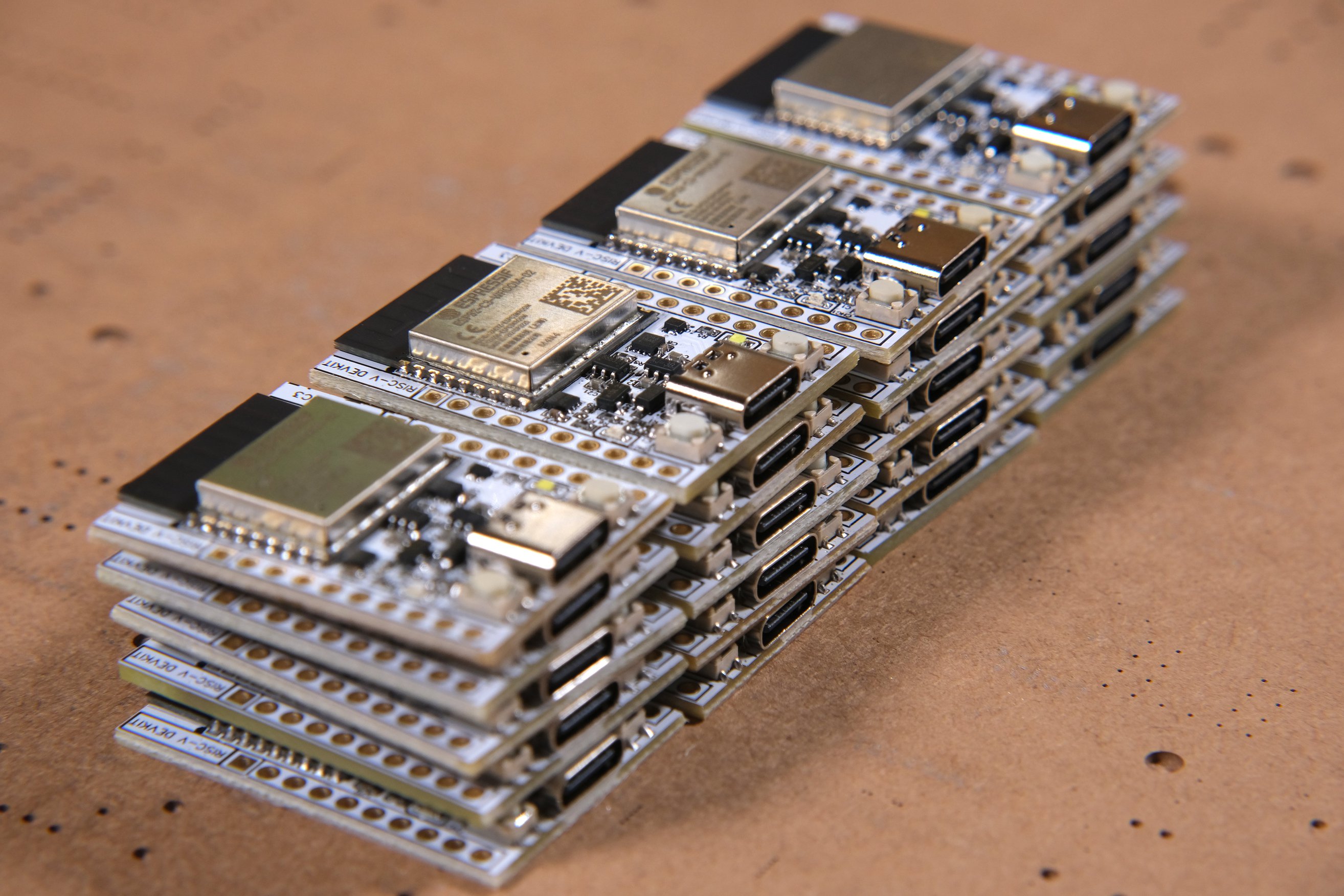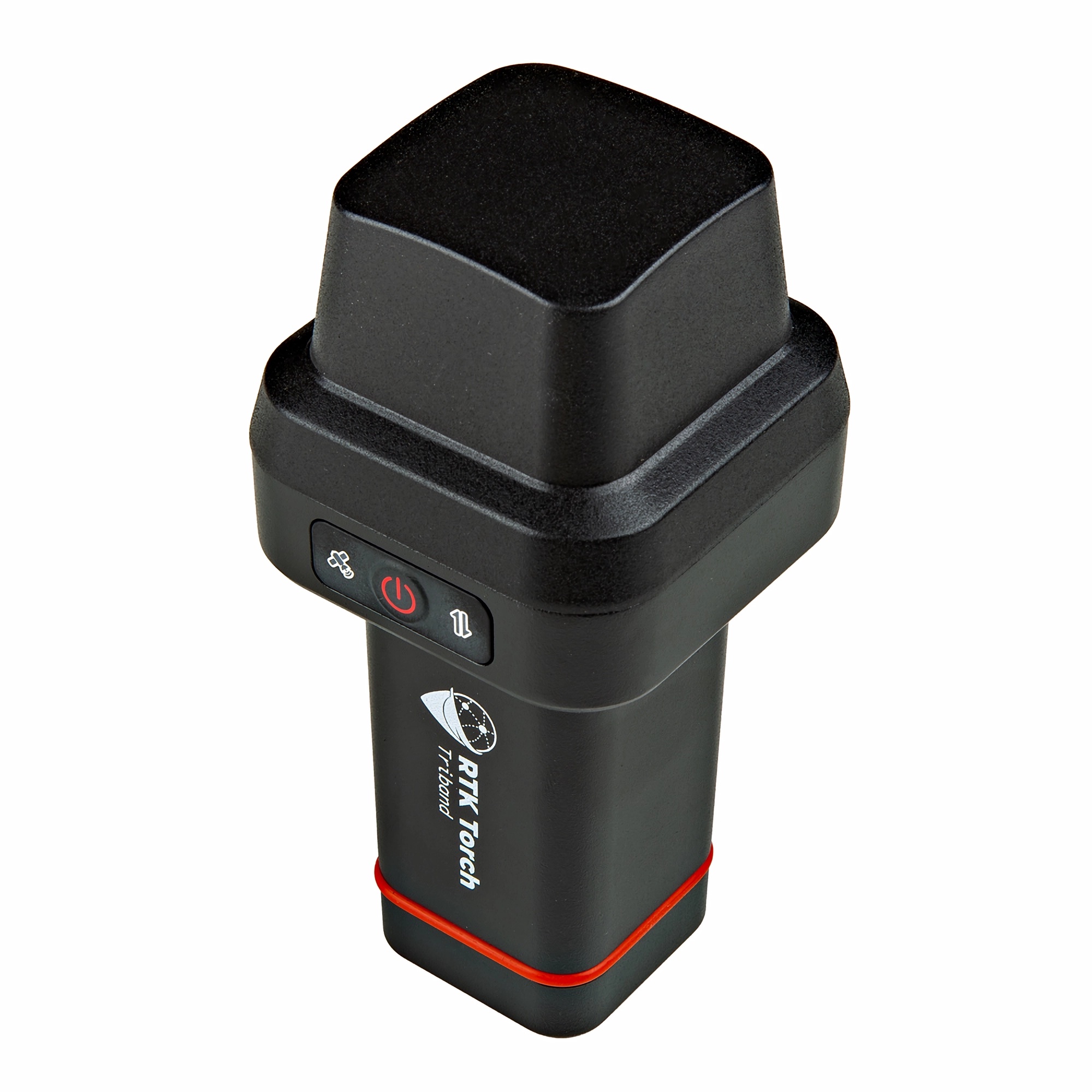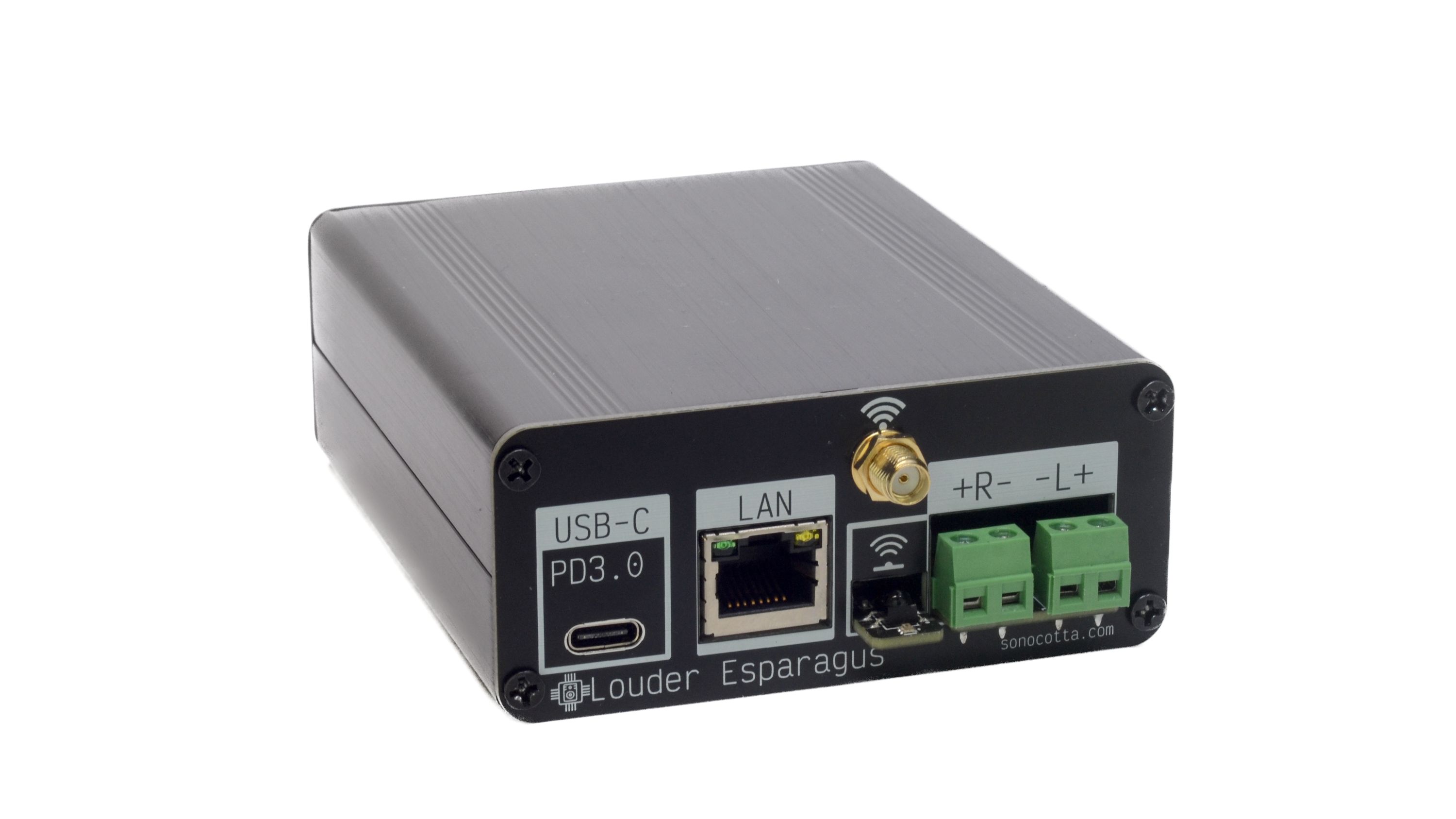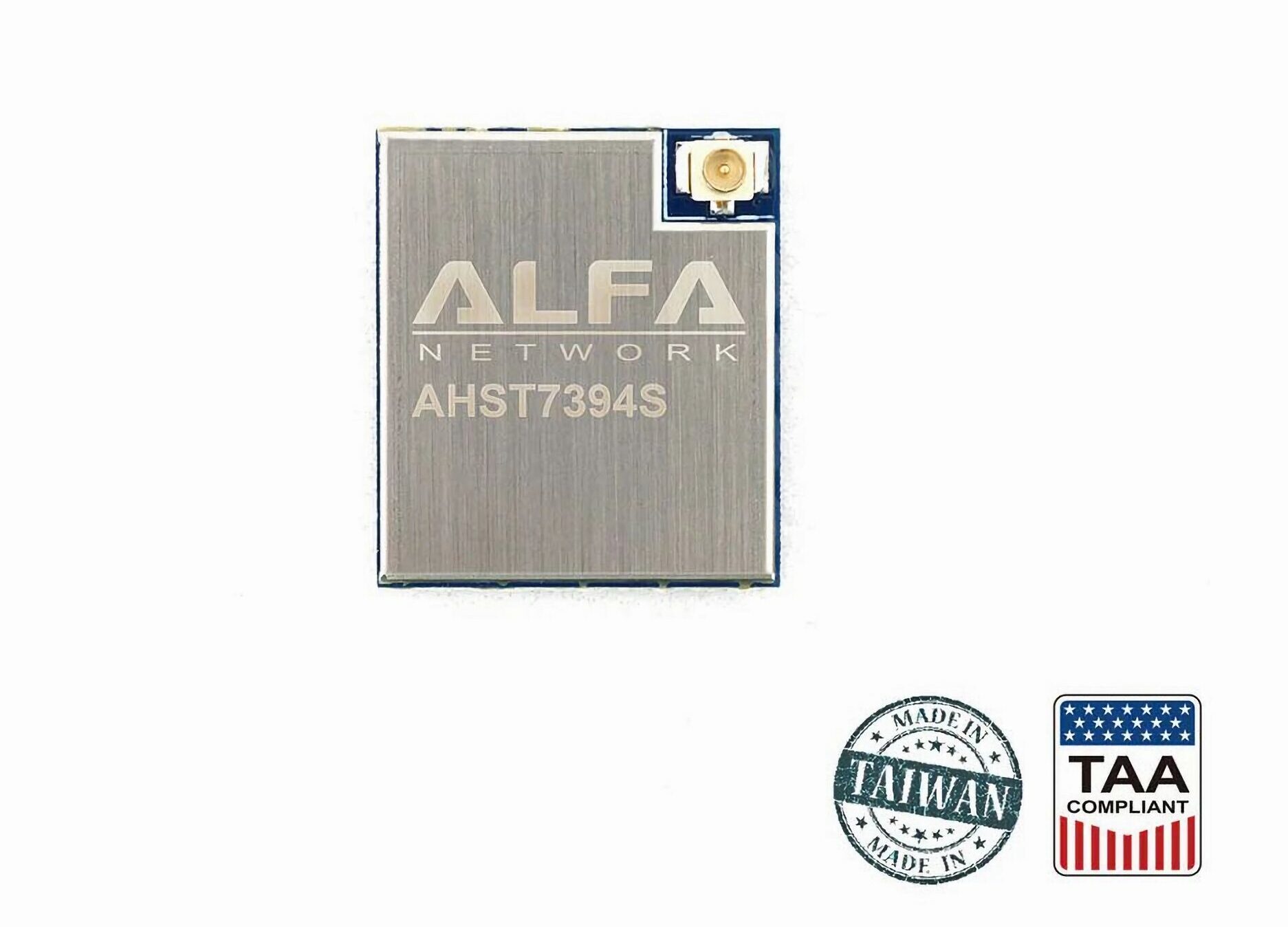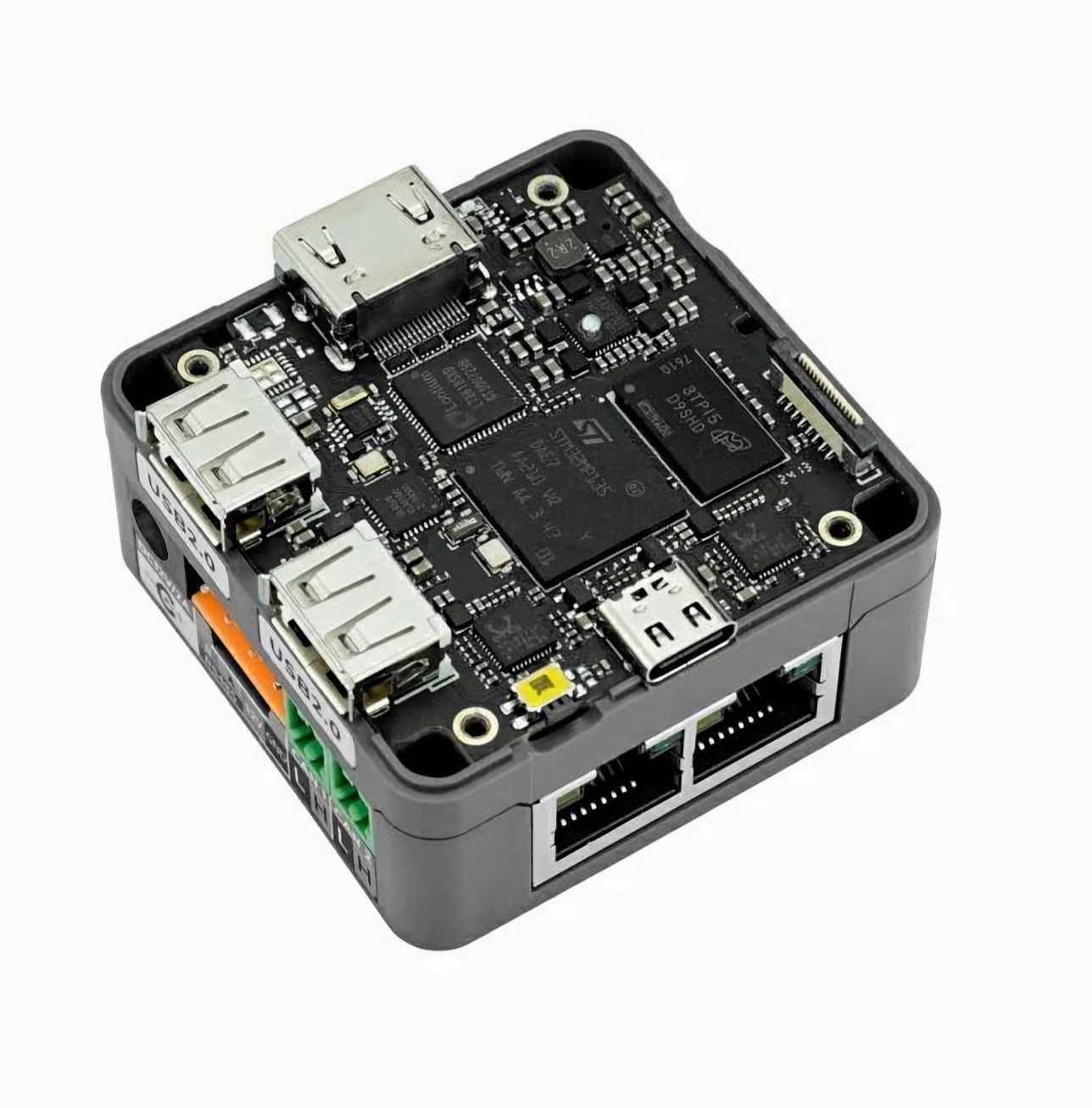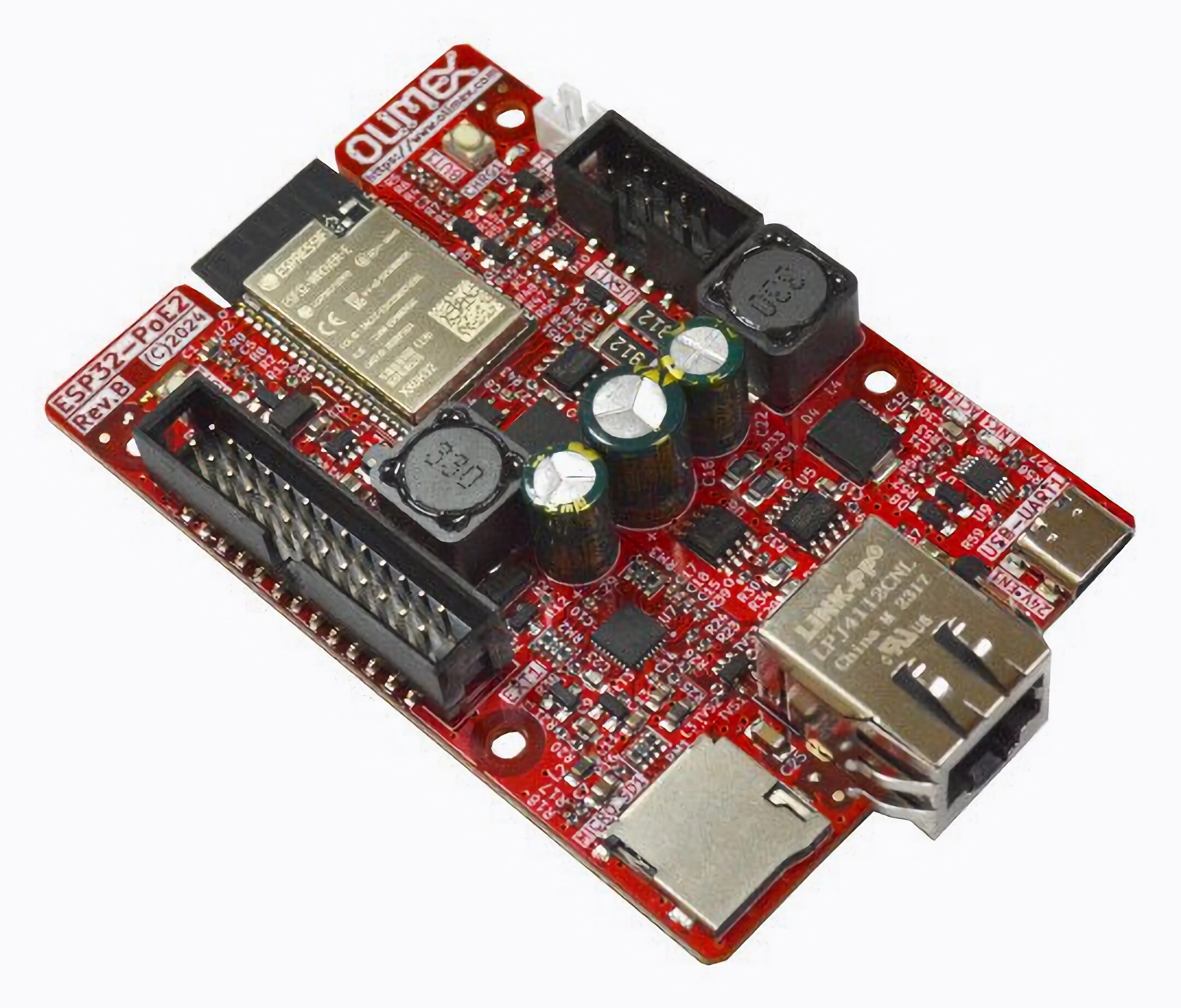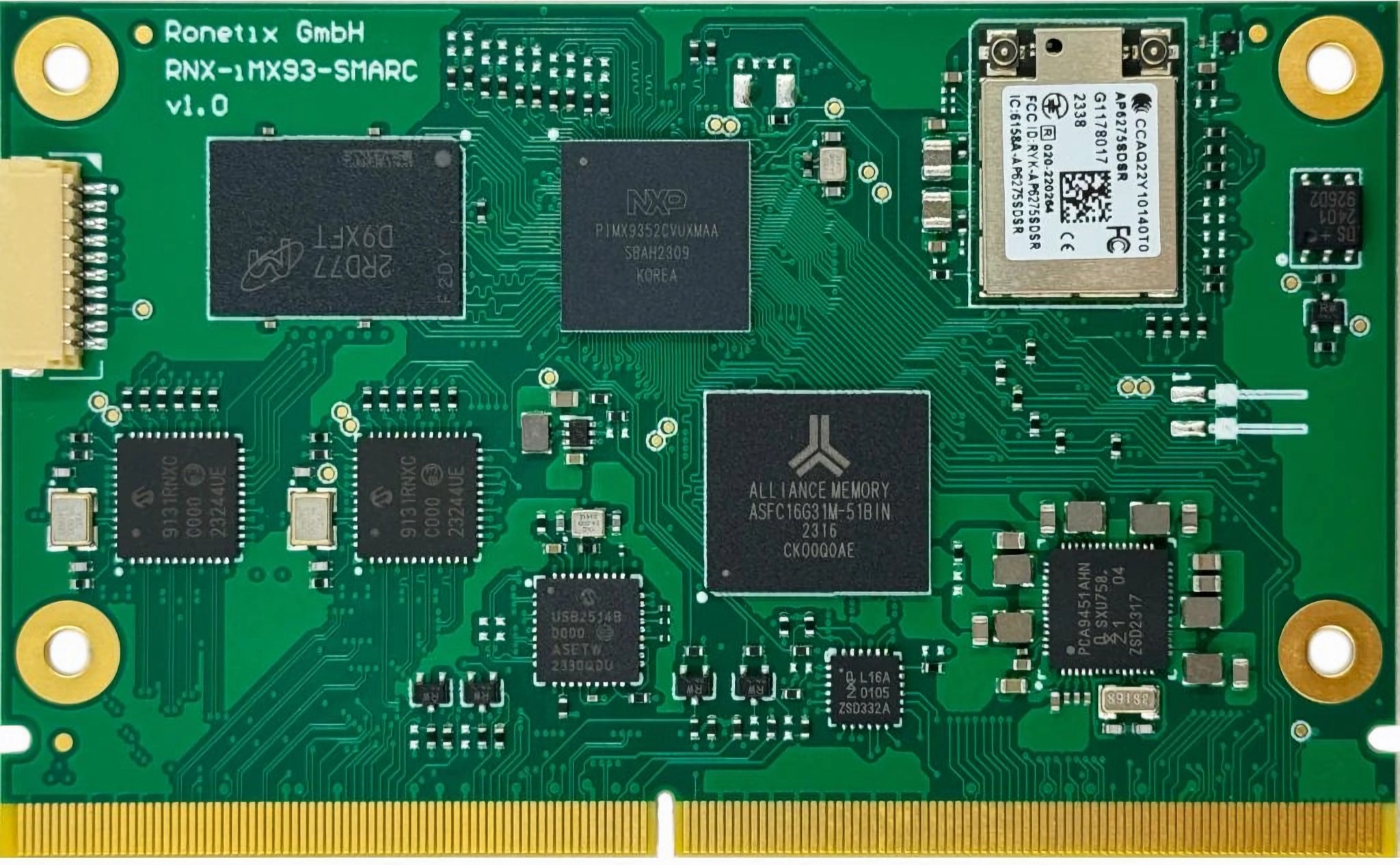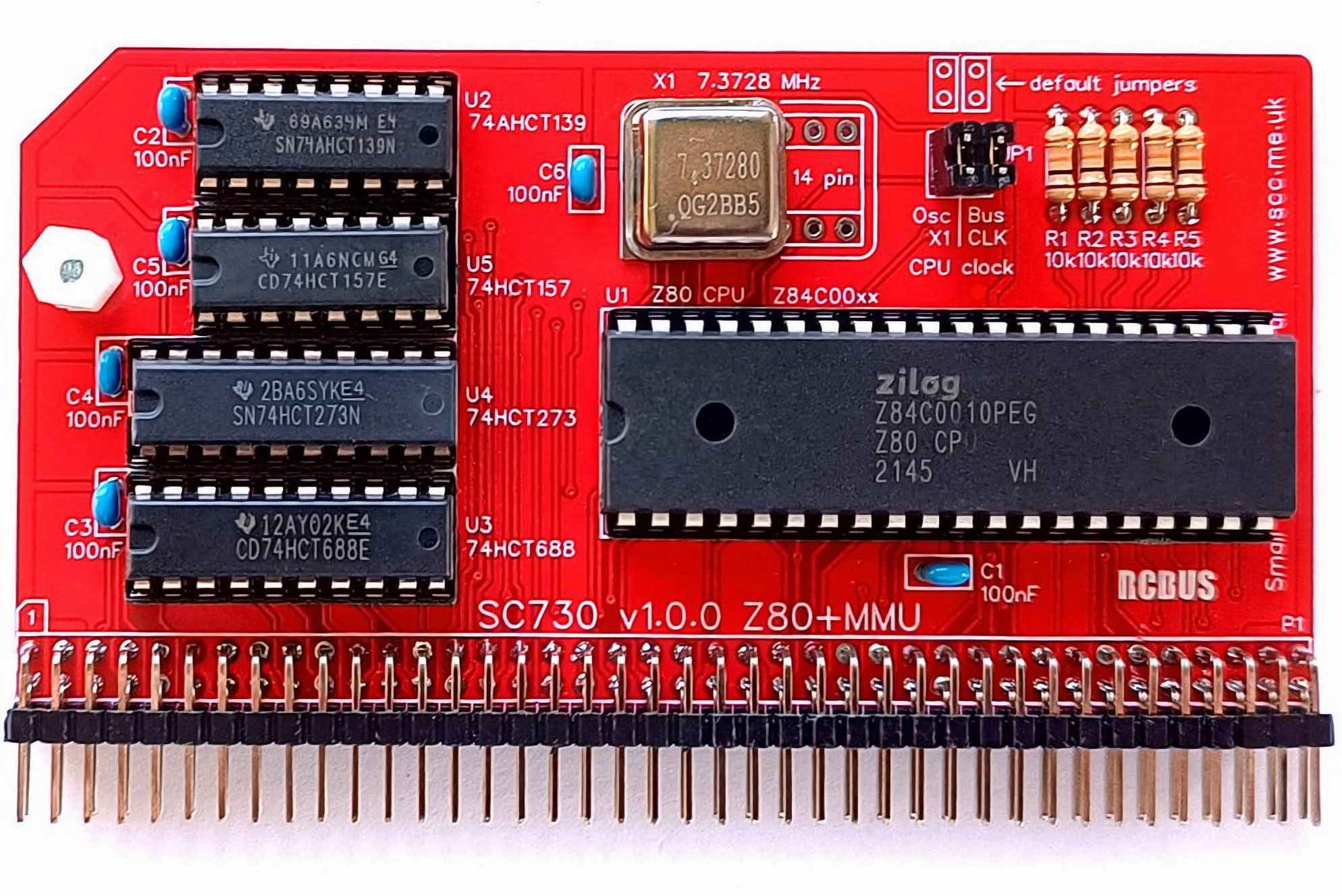The NanoCell V2.1 is a development board built around the Espressif ESP32-C3 SoC (system-on-a-chip) preloaded with ESPHome firmware for low-power applications and improved Lithium battery management. The development board is a white printed circuit board with gold-plated contacts and a battery fuel-gauge IC, designed by Frapais’ lab in Greece. As the name suggests, the NanoCell V2.1 is the latest in a series of iterations of ESP32-C3-based devices targeted at low-power applications. Compared to earlier versions, it offers a better user experience and improved power efficiency. It features a buck-boost converter that reduces standby current consumption to 66uA (excluding the current consumed by the ESP32 module). The battery management system (BMS) integrated circuit supports accurate capacity measurement and protects connected Lithium batteries from overcharging and other harmful scenarios. Also, two LEDs on the board serve as power and charging indicators to relay the board’s status. It is based on the same […]
SparkFun RTK Torch is a compact and waterproof GNSS surveyor with RTK functionality
SparkFun’s RTK Torch is a real-time kinematic (RTK) surveying device that offers tri-band reception, tilt compensation, and millimeter accuracy in a portable, waterproof enclosure. It features an ESP32-WROOM module with 16MB flash and 2MB PSRAM, providing Wi-Fi and Bluetooth functionality. The onboard RTK-capable Unicore UM980 module receives various GNSS frequencies with high accuracy and supports all available constellations and frequencies. Also included is an STMicroelectronics STM32WLE5CCU6 MCU for obtaining corrections via LoRa radio. The RTK Torch builds on the earlier RTK Facet, adding improvements such as wider reception, higher precision, and a more portable form factor. Like the Facet, the RTK Torch comes in a bundle that includes a carrying case, a 3m USB C-to-C charging cable, a 65W PD wall adapter, and a 1/4in. to 5/8in. antenna thread adapter. It supports several operating modes including GNSS Positioning (~800mm accuracy) – also known as ‘Rover’ GNSS Positioning with RTK (8mm […]
Sonocotta’s ESParagus “Media Center” is a series of ESP32-based, open-source audio streamers (Crowdfunding)
ESParagus Media Center is a line of audio streamers from Sonocotta, all powered by an ESP32 microcontroller module. It includes the ESParagus HiFi MediaLink, Loud ESParagus, and the Louder ESParagus. The ESP32-based audio centers can be used to power old stereo speaker systems that lack streaming capabilities. They are completely open-source, consume little power when not in use, and boot up in seconds. The ESParagus Media Center products are based on the ESP32-WROVER microcontroller module with Wi-Fi and Bluetooth connectivity and an onboard PSRAM chip. They are fitted with an external Wi-Fi antenna and the top-end model – the Louder ESParagus – is fitted with a W5500 LAN chip for Ethernet networking. All three ESParagus Media Centers run squeezelite-esp32 firmware which supports Spotify Connect, Apple AirPlay, and Logitech Media Server. Integrations with Home Assistant are possible and can be useful for multi-room configurations. The Louder ESParagus is quite similar to […]
Alfa Networks AHST7394S Wi-Fi HaLow module enables low-power, long-range IoT connectivity up to 1km
Taiwanese wireless equipment manufacturer, Alfa Networks, and US-based Wi-Fi HaLow semiconductor company, Newracom, have collaborated to develop the AHST7394S Wi-Fi HaLow module. The solder-down module is based on Newracom’s NRC7394 SoC, a low-cost and high-efficiency HaLow SoC chipset providing up to 17dbm output power and capable of connecting to a maximum of 8K devices within a single network. The NRC7394 also supports a standalone mode, which enables the execution of a wide range of IoT applications on the embedded ARM Cortex-M3 CPU. While HaLow is more energy-efficient than other Wi-Fi types, low-power operation modes such as legacy, TWT, and WMM-PS can reduce power consumption further. The AHST7394S Wi-Fi HaLow module supports a data rate of up to 15Mbps, over 600 times faster than LoRaWAN while maintaining a good range (over 1km). The second-generation HaLow module is perfect for building long-range, ultra-low-power networks in sub-1 GHz, license-exempt frequency bands. It is a […]
M5Stack CoreMP135 – A Linux-powered industrial controller based on STM32MP135 Cortex-A7 MPU
M5Stack CoreMP135 is an industrial control host powered by the STM32MP135DAE7 Arm Cortex-A7 core microprocessor running at 1GHz, equipped with up to 512MB DDR3L SDRAM memory, and loaded with high-performance interfaces such as two Gigabit Ethernet ports, three USB ports, two CAN FD interfaces, two Grove interfaces, and an “HD” video output. An integrated PWR485 communication board bundles a 9V to 24V power input and an RS485 interface. The device also features a microSD card slot for storage, a small IPS capacitive touch screen, and a 1W speaker for human-machine interaction. The CoreMP135 is designed for low-power consumption and uses an Allwinner AXP2101 chip for power management. It supports scheduled wake-up and sleep with an integrated real-time clock (BM8563 module). The device runs Linux and comes with a microSD card loaded with the Debian operating system, simplifying setup and allowing usage out of the box. A DIN rail base plate […]
Olimex ESP32-POE2 board offers up to 25W for power-intensive applications
The Bulgarian hardware manufacturer, Olimex, has designed a new ESP32 board with Power over Ethernet (PoE) functionality. The Olimex ESP32-POE2 board builds on the original ESP32-POE and features the same ESP32-WROOM-32 microcontroller module with Wi-Fi and Bluetooth connectivity. However, it supports up to 25W power delivery from the Ethernet port via PoE and can be used in more demanding projects. The Olimex ESP32-POE2 board features a low-power design and consumes only 200µA in deep sleep mode. The board can be powered via USB-C, Ethernet, or Li-Po battery. The Ethernet interface is built on Texas Instruments’ TPS2378PW chip with IEEE 802.3at classification and legacy PoE support. Powering with PoE requires at least 37V DC for seamless operation. Two proprietary connectors (UEXT and EXT1) can be used to add sensors and other modules and expand the board’s operation for IoT projects. Users can select between 24V/0.75A or 12V/1.5A power output, with a […]
Ronetix launches NXP i.MX93 SoMs in SMARC and OSM-L form factors
Austrian embedded equipment manufacturer, Ronetix, has released two i.MX93 system-on-modules (SoMs): the RNX-iMX93-OSM that follows the Open Standard Module (OSM) form factor, and the RNX-iMX93-SMARC compliant with the SMARC 2.1 (smart mobility architecture) standard. Ronetix i.MX93 SoMs are powered by the NXP i.MX93 processor featuring a 64-bit dual-core Arm Cortex-A55 application processor running at 1.7GHz and a Cortex-M33 core running at 250MHz for low-latency and real-time tasks. The SoC supports up to 2GB LPDDR4 RAM and 512GB eMMC storage, and the integrated Arm Ethos-U65 microNPU offers up to 0.5 TOPS of computing power for machine vision applications and intelligent energy management (IEM). Applicable for industrial automation and IoT, the SoMs also feature two CAN and Ethernet interfaces to aid high-speed data transfer. Other hardware featuring the i.MX93 that we have covered recently include the ADLINK OSM-IMX93, MaaXBoard OSM93, and Ka-Ro Electronics’ QS93. The RNX-iMX93-SMARC system-on-module comes in 82 x 50mm […]
SC730 module from Small Computer Central features the now-discontinued Zilog Z80 CPU
Small Computer Central has released a new module kit, the SC730, for the 80pin-RCBus backplane which features the widely-used 8-bit Zilog Z80 CPU and a memory management unit. The Zilog Z80 is an 8-bit microprocessor created to be compatible with the Intel 8080 microprocessor while offering more advanced features such as built-in DRAM refresh, a better interrupt system, and non-multiplexed buses. The Z80 microprocessor was widely used for various applications between the 70s and the 80s and is still quite popular among retro computing enthusiasts today. Cousins’ SC730 module kit is designed to fit into an 80-pin socket on an RCBus backplane. The module is built to be used with a memory module as part of a complete computer system. The memory management unit (MMU) is compatible with a 1MB linear memory module such as the SC721. It maps a fixed 32KB bank of RAM to the top of the […]


